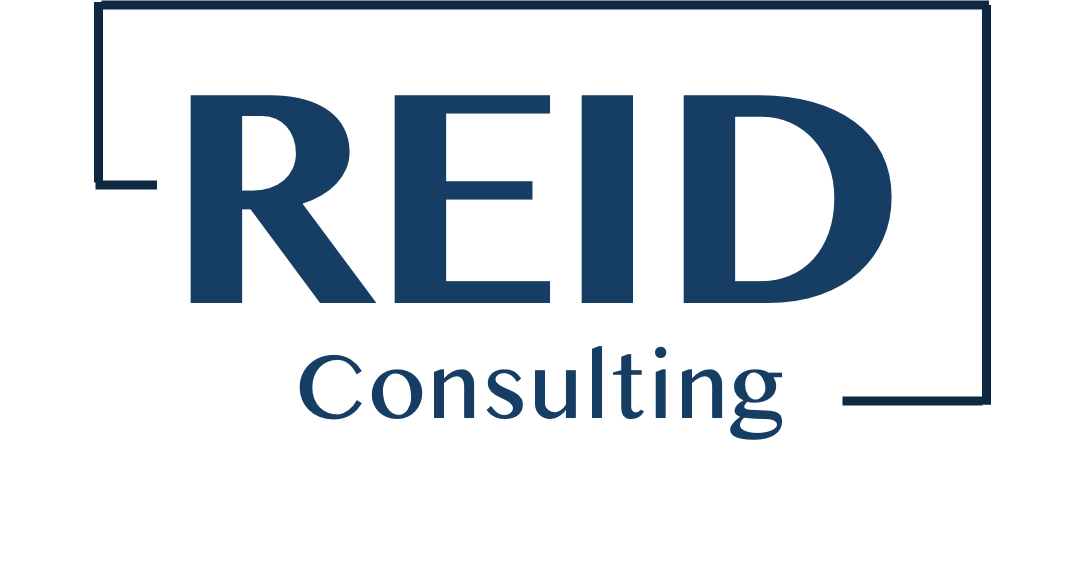Demand Planning, Delivers the Right Solution
Demand planning ensures you are pursuing the right solution for any real estate investment. It is a vital framework to optimize real estate that includes efficient production and delivery. By applying this methodology, a lean and efficient workflow can be developed - one that reduces waste of time and space, optimizes resources, and improves overall productivity. The benefits of applying a structured demand planning process are enhanced clarity and focus on operations, improved resource utilization, and measurable increases in productivity. By reducing waste and establishing efficient workflows, you can deliver consistent output quality. This methodology can be applied to a single space, across a portfolio of facilities, and everything in between. Ultimately, a well-executed demand planning process ensures alignment between production capabilities and market demands. Through careful analysis and thoughtful design, an experienced design and construction management firm can help you create the right solution that aligns with your organization’s vision.
Here is a real-world example of the value of Demand Planning.
When a client considered constructing an 8,000 square foot climate-controlled warehouse, they turned to REID for guidance. Through a meticulous demand planning exercise, we demonstrated that rather than building new space, an existing 3,000 square foot facility could be transformed to meet their needs—leading to a capital savings of over $550,000 and $19,000 in annual operating costs. It also resulted in a more efficient and scalable operation with ongoing benefits.
We examined processes, products, and storage requirements and applied these targeted strategies to unlock maximum value from their asset:
· Assessed item storage conditions, identifying which products could be stored outdoors, under covers, or in non-climate-controlled areas, reducing reliance on costly climate-controlled space.
· Designed a logical flow, minimizing travel distances.
· Zoning was used to separate fast-moving parts from slow movers
· Maximized vertical storage and introduced modular racks for future scalability.
· A vertical carousel was incorporated to maximize cubic storage capacity, improving access and reducing footsteps and clutter.
· JIT inventory practices were implemented to decrease excess stock, avoid congestion, and optimize the dock layout
By following this process and implementing these changes, the client successfully converted their existing space, avoiding the need to build costly new infrastructure. This approach not only saved significant costs but also resulted in:
Avoided disruption to nearby operations
Improved warehouse productivity
Enhanced inventory accuracy
Greater space utilization
Increased operational flexibility
This success story exemplifies how proactive demand planning, focused on process analysis, layout design, and technology, can unlock hidden value in existing assets. The client achieved a more efficient, cost-effective operation without the need for costly expansion, demonstrating that smart planning often surpasses mere space investment.
Engaging the Right Partner
Demand planning is a foundational opportunity to maximize both capital and long-term operational efficiencies from the outset. It is a process that is often bypassed to save time and is unknown in some circles. It is common practice to follow occupancy load factors in the building code and the owner’s requirements to determine room sizes. Unfortunately, the process that led to those requirements often goes unchallenged. It is reasonable to assume, their perspective may be narrowed by proximity to the operation and clouded by the "curse of knowledge," which can sometimes constrain innovation.
A fresh set of expert eyes, unburdened by routine practices, is invaluable when taking a data-driven perspective to ensure all design and operational decisions are optimized from the start. An approach that challenges assumptions and clarifies why tasks are performed the way they are can generate new opportunities for efficiency and cost savings. Facilitated by experienced professionals, demand planning’s true power lies in its strategic impact: delivering greater value, reducing risk, and setting a solid foundation for long-term success.
